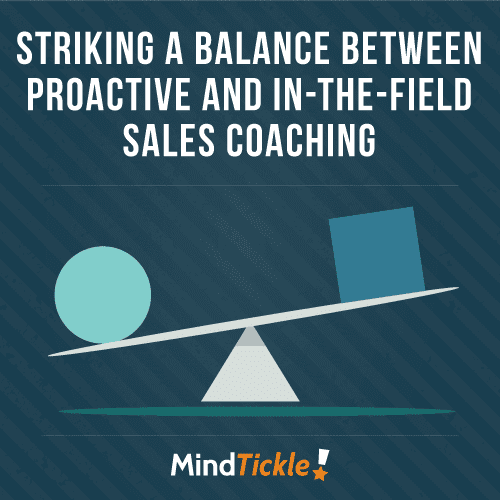 Marathon runners don’t go out on the field and keep running until they get an injury. They work with their coach to put in place a plan that makes them strong and keeps their muscles supple. All those hours in the gym and time spent with trainers is helping them to increase their chance of winning and reduce their chance of injury. This ensures they’re not worrying about it when they’re racing towards the finish line. But when they’re in the race they still need refreshments to keep them going and performing their best.
Marathon runners don’t go out on the field and keep running until they get an injury. They work with their coach to put in place a plan that makes them strong and keeps their muscles supple. All those hours in the gym and time spent with trainers is helping them to increase their chance of winning and reduce their chance of injury. This ensures they’re not worrying about it when they’re racing towards the finish line. But when they’re in the race they still need refreshments to keep them going and performing their best.
They need both proactive coaching and refreshments in the field.
It’s no different for sales reps. They need proactive sales coaching to help build and improve their sales skills for long-term benefit. But they also need on-the-field coaching so they’re refreshed and ready for their next customer meeting.
The benefits of sales coaching are well established, but coaching is often misunderstood.
While coaching on the pipeline and tactical sales activities is important, reps need more to be successful. They need a proactive approach that reinforces behaviors. And they need a cadence to this, it’s not enough to rely on coaching sessions at QBRs or sales kickoffs. That’s why managers and sales enablement teams need to find the right balance between the two.
Too little proactive coaching and your reps will be unprepared for the field. Not enough in-the-field coaching and they might find themselves struggling to close deals.
Proactive sales coaching is about prevention
Proactive coaching is about honing your rep’s skills, building their knowledge and ensuring they understand and can articulate the messaging. It focuses on product knowledge, competitive insights, and industry information.
Now I can hear sales managers starting to gasp. After all, you’ve got a lot on your plate – helping out with demos and objection handling – but your role as a sales manager is much bigger than that.
That’s why best practice sales organizations have a structured coaching program. It provides a framework to coach consistently and ensures reps are up to date and trained in the areas they need the most regularly. By leveraging technology, your reps can handle part of the process themselves. They can practice a demo and allow you to give them feedback without having to be in the same room.
If you are in a hyper-growth industry this type of coaching may occur quarterly, or even more frequently.
In-the-field coaching is about reinforcement
Traditionally, most managers have focused on in-the-field coaching. You sit through a meeting with a sales rep and, in the car ride back to the office, give them feedback and coach them on how they could improve their performance. This is trigger based coaching – you saw something that needed to be coached and reacted.
While this kind of tactical coaching has its place, it isn’t strategic. For in-the-field coaching to be strategic it requires managers to have the ability to step back and look at the bigger picture. What are your reps doing well and where do they need to improve?
For example, if a rep is struggling in three stages – demo, competitive objections and closing – how do you approach all three? This requires a structured approach – show, observe and remediate. You need to show them how to do their demo. This must be coupled with regular, on-field observation so you can monitor how they are performing. Then finally it requires remediation at each specific stage, not just a broad brush approach.
Their coaching strategy also needs to be aligned with the broader business objectives and identify what ongoing issues their individual team members need to have reinforced. This then sets the foundations of what to coach on.
To achieve this, the proactive coaching must be specific and well-structured.
Data holds the key to coaching
Traditionally, managers have had access to lagging indicators to help them identify what to coach on. But by the time you can see your win rates declining, it’s already too late to stop the losses from happening.
To stay ahead of the game, managers need to leverage data to identify what their reps need to be coached on and identify their gaps. This is important for both proactive coaching and structuring in-the-field coaching. That’s where data analytics comes in.
Thanks to the advent of sales readiness and enablement technology you now have access to a wide range of data that can help you identify where your reps might be struggling or where their knowledge or skill gaps are.
Structured coaching on baseline knowledge, new product updates and message articulation can be performed when it is convenient for reps using sales readiness technology like Mindtickle. Coaching is accessible anywhere and reps can complete role plays when it suits them. Feedback can be provided instantly, or reviewed by the rep when they have time.
Certifications and quizzes give managers information about who is up to speed and what areas your individual reps may require additional training or coaching on. When integrated with your SalesForce CRM you can also conduct analysis based on role, region, cohort, whatever way you want.
This data can also be used for in-the-field training. Analyze how your best reps use their sales readiness technology before meeting a prospect. This information can then be used to identify how to coach your B and C players before their next big meeting. Leverage quizzes to identify areas where your reps need to have their knowledge reinforced. When combined with structured activities, like specific objection handling exercises, managers can provide valuable in-the-field coaching based on what reps actually need, rather than their own intuition or observation.
With the power of data at your fingertips, you can make a fundamental shift in how you coach your reps, build their sales skills and resolving immediate issues. Rather than solving a problem once it’s come to your attention, you can proactively nip issues in the bud.
So rather than waiting to find out where your reps weak spots are, leverage tools that help you prevent issues becoming injuries that leave your sales reps sitting on the bench.








